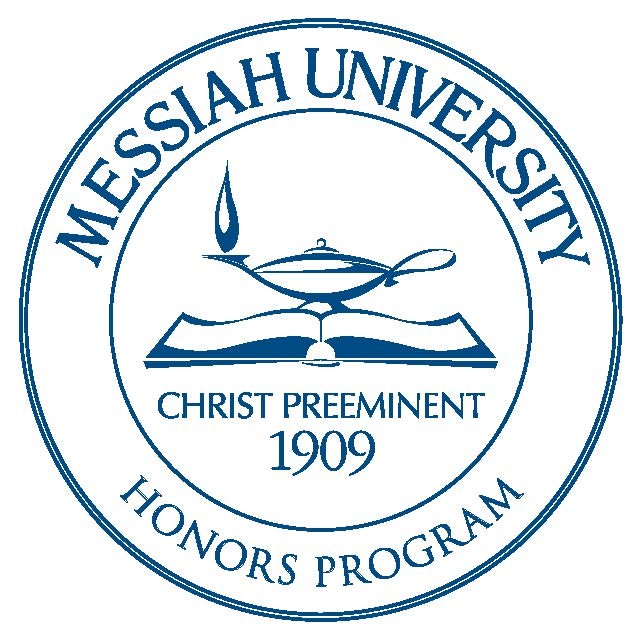Date of Award
2003
Document Type
Thesis
Department
Chemistry and Biochemistry
Abstract
In eukaryotes the TATA binding protein (TBP) binds DNA at a TATA box promoter, recruits RNA polymerase II, and initiates transcription. In vitro studies have shown that transcription initiation may be regulated by self-association and oligomerization of TBP. The carboxy-terminal domain of TBP binds the DNA and is the largest part of the molecule, while the small amino terminal domain has an unknown function. We have used an Escherichia Coli two-hybrid system to study if the two domains of TBP exhibit any self-association in vivo. The pBT bait plasmid encoded the full length bacteriophage [lambda]cl protein for fusion with the inserted TBP gene, and the pTRG target plasmid encoded the amino terminal domain of an RNA polymerase II subunit and a linker region for protein fusion with the insert. Cells co-transformed with the two plasmids grew only if there was interaction between the TBP subunits. Such interaction allowed the [lambda]cl-TBP fusion protein to recruit the RNA polymerase-TEP fusion protein, initiating transcription of a carbenicillin resistance reporter gene and permitting cell growth. Using this system we found significant interaction between full-length TBP's.
Recommended Citation
Sauder, Michael; Adams, Claire; and Fried, Michael, "Self-association studies of yeast TATA binding protein using an E. coli two-hybrid system" (2003). Honors Projects and Presentations: Undergraduate. 243.
https://mosaic.messiah.edu/honors/243


